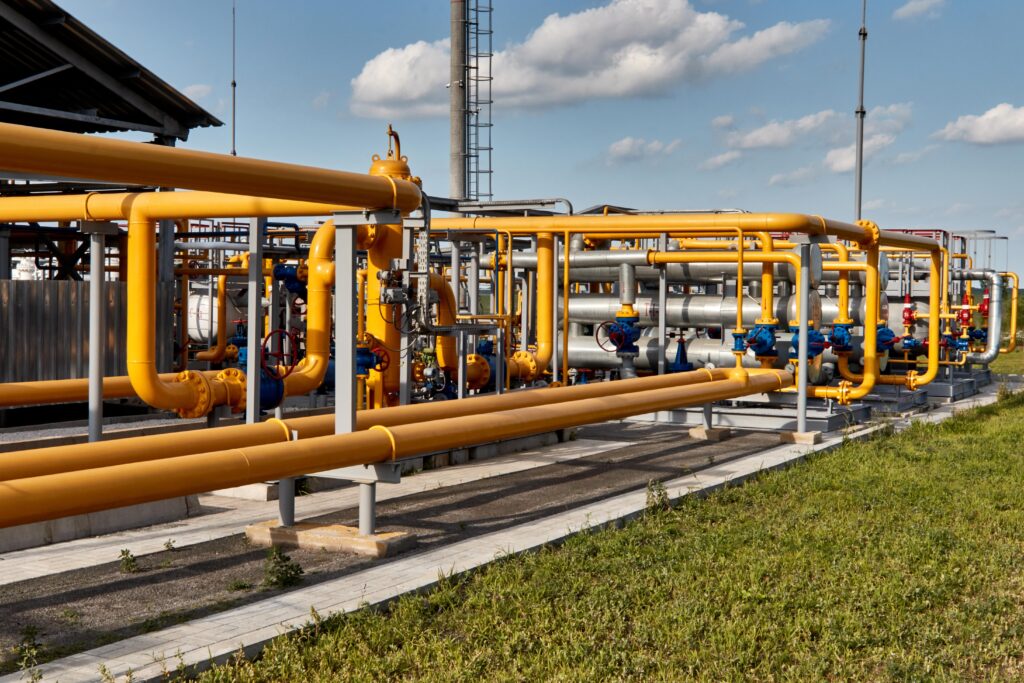
Compressor stations are essential to the reliable delivery of natural gas, supporting everything from industrial manufacturing to residential heating. As utilities and operators face growing demands for operational efficiency, emissions reduction, and flexible capacity, the design and management of these stations are evolving rapidly.
At R.T. Patterson Company (RTP), we understand the complexity behind these infrastructure challenges. This post explores key considerations in modern compressor station projects, with a glance at lessons learned from infrastructure upgrades.
Compressor Stations: More Than Just Pressure Boosters
While the core function of compressor stations remains boosting gas pressure along pipelines, today’s projects must do much more:
- Handle fluctuating throughput and future growth
- Comply with tighter environmental regulations, especially around emissions
- Enable easier operations and maintenance through smart design and technology
For gas utilities, these factors are crucial to maintaining safe, cost-effective service and supporting long-term energy transition goals.
Designing for Flexibility and Efficiency
One of the biggest challenges in compressor station projects is balancing the need for standardization with site-specific adaptations. Standardized design templates can speed up engineering, procurement, and construction while controlling costs. But every site presents unique challenges — from geography and local regulations to integration with existing infrastructure.
Integrated, multi-discipline collaboration helps address this complexity. Aligning civil, structural, mechanical, electrical, and control systems engineering from the start is key to delivering designs that work seamlessly in practice.
Emerging Trends Shaping Gas Utilities and Compressor Stations
The industry is seeing several transformative trends:
- Increased adoption of digital twins and IoT sensors for real-time monitoring
- Modular construction techniques to accelerate project delivery
- Enhanced focus on methane leak detection and reduction technologies
These innovations promise to reshape how compressor stations are designed, built, and operated—helping utilities navigate evolving regulatory landscapes and shifting market demands.
As natural gas infrastructure grows more complex, the successful design and execution of compressor station projects require a thoughtful blend of standardization, site-specific adaptation, and technological innovation.